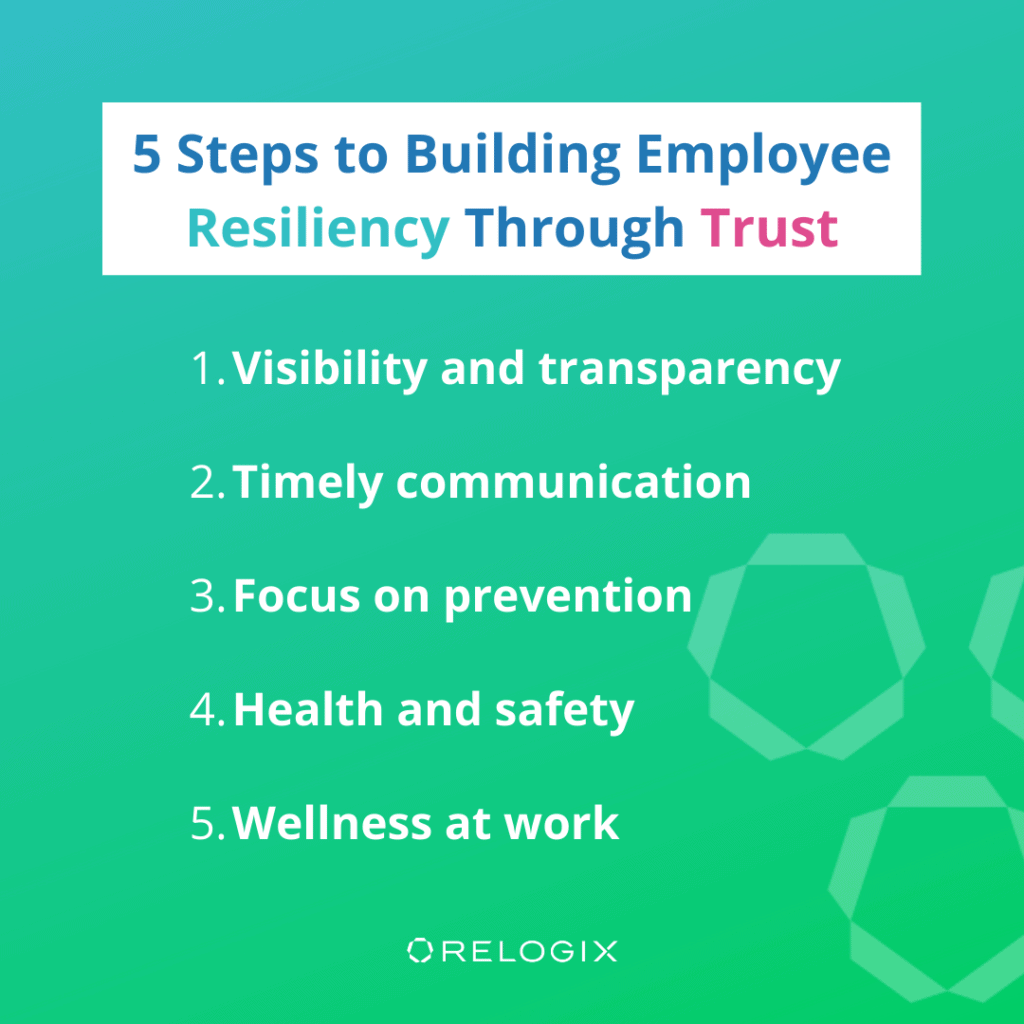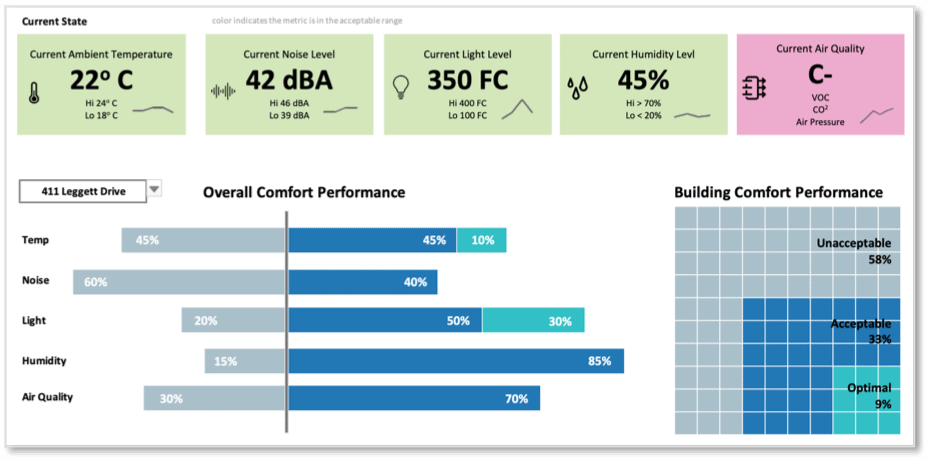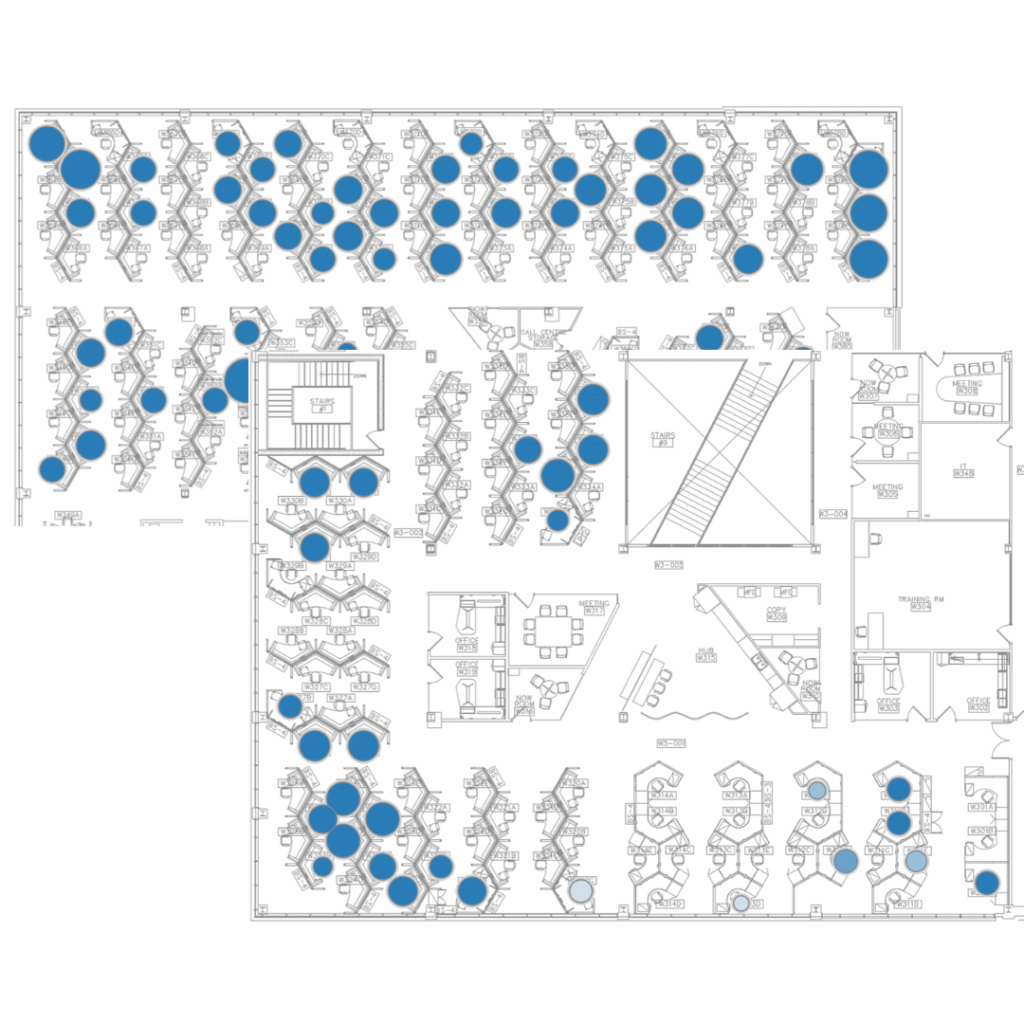The Future of the Employee Experience: Resilience Before Recovery
Through what has been termed ‘The Great Global Pause’, the COVID-19 pandemic has compelled people around the world to reevaluate how they live for the sake of the collective good. In North America, we’ve arrived at a critical juncture in addressing how to return safely to our daily lives, including where and how we work. What we’re learning from our global clients who have begun and continue their return to work, is that rebuilding employee resilience is crucial at this point, even more so than focusing on recovery. The key to rebuilding employee resilience during times of crisis is rebuilding employee trust.
As businesses are gearing up again, can employees trust that their jobs are safe? As employees return to office settings (albeit it as a component of a variety of locales) will employees feel safe in our new workplaces?
Our experiences with COVID-19 have created fear and anxiety on both the individual and collective scales, resulting in a general erosion of trust within all aspects of society.
According to a recent article in Forbes, “…over the last decade, there has been a tremendous erosion of the public trust — in politicians, in the media, and beyond. The big exception is our employers, which turn out to be by far the most trusted institutions in our lives.” If this is the case, instilling a high level of trust in employees is most crucial at this time as we all explore what it means to be safe in a new COVID-19 world.
Working in our ‘new normal’ will mean that the employee experience will emphasize the need for resiliency through communication, transparency and optics as necessary first steps. As we transition back to work, employees will be watching how employers are responding to changing expectations and this will likely translate to a critical factor in retaining existing talent and recruiting future talent. Employers will be expected to demonstrate care for employees through their actions by putting their safety and well-being first.
From companies moving online practically overnight, to organizations massively restructuring business models to cope, the current pandemic has forced companies to adapt and pivot on the fly. We now know COVID-19 will not be disappearing anytime soon. As organizations learn to conduct business under increasingly uncertain circumstances, employee resiliency and resilient leadership are equally as important. To recover in our current environment simply isn’t enough.
- Visibility and transparency
- Timely communication
- Focus on prevention
- Health and safety
- Wellness at work

Instilling trust in employees begins with visibility and transparency through timely communication. As processes and expectations continue to change, it’s important that employees have a clear and up-to-date understanding of how their company is moving forward as opposed to having them fill voids in communication with misinformation and assumptions. This works on many levels but perhaps most important now is the fact that employees need clarity as to how companies will address prevention of the spread of the virus and consequently, workplace health, safety and wellness.
According to the Global Wellness Institute, workplace wellness was valued at $47.5 billion prior to COVID-19. The desire for workplace wellness will only continue to increase with the return to offices where wellness will be intricately tied to prevention. According to ASHRAE (American Society of Heating, Refrigerating and Air-Conditioning Engineers), monitoring air quality and humidity will help prevent the spread of the virus. Workspace analytics technology provides the ability to monitor air quality and control humidity, aligning it not only with WELL and fitwel guidelines, but also the recent needs we’ve uncovered with COVID-19.

Staying healthy and safe in a COVID-19 world requires that we put people first. When it comes to our workplaces, companies will need to focus on the employee experience to not only keep talent safe but also reinforce a culture of trust through transparent communication. A company’s success will depend upon resilient leadership that supports employees to move beyond recovery and become more resilient themselves.
Watch our free webinar to learn more: How to Manage the Workspace During the COVID Crisis.



